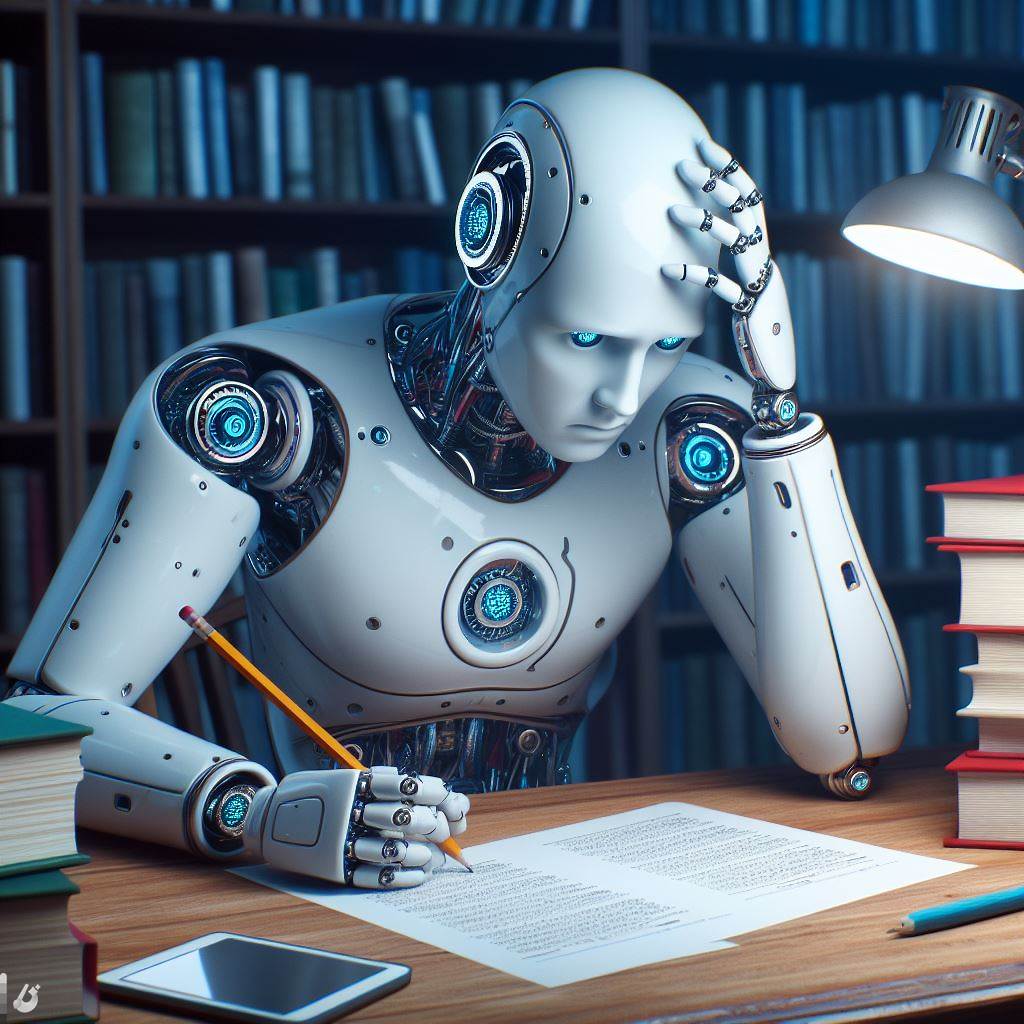In an era where AI systems are becoming increasingly integrated into our daily lives, the question of whether they will ever be capable of experiencing emotions is a question many are asking. Humans engage with AIs on various levels, often forming emotional connections that range from comfort and companionship to frustration and irritation. While AI’s potential to revolutionize industries and offer convenience is undeniable, concerns about AI taking over jobs and posing existential threats to humanity loom large.
This article explores the intricate relationship between AI and emotions, exploring whether AI systems will ever authentically experience emotions or whether their expressions are just clever mimicry.

Mimicry: The Current State of AI
AI exists in numerous forms, from chatbots to facial recognition systems. Many individuals already attribute human-like qualities to these AIs, interpreting their cleverly crafted responses as authentic displays of emotion. However, it is crucial to remember that machines, at least in their current iterations, are in no way capable of experiencing emotions. Instead, they are tools driven by complex algorithms, executing tasks and providing responses based on pre-programmed data and patterns.
Much of this illusion is caused by our own perceptions. For example, LLMs are referred to as AIs almost exclusively, which leads to many ascribing personality and agency to them. A far more accurate name would be “Statistical Prediction Machine” or “Probabilistic Model of Natural Language”. These terms aren’t as exciting, and are far less likely to cause cultural fear of a Matrix-esque machine uprising, which is probably why people use them less. We live in a world that craves excitement and controversy, so it’s no small wonder that the emotional capacities of these models are being exaggerated.
The Complexity of Human Emotions
Understanding and replicating human emotions in AI systems poses a significant challenge. Emotions are intricate, multifaceted, and deeply intertwined with human consciousness and experience. The very essence of emotions, with their blend of biology, psychology, and cultural nuances, makes them difficult to quantify and reproduce artificially. While AIs can simulate responses that appear emotional, these are ultimately generated through algorithms rather than being genuinely experienced.
Despite these challenges, many argue that AI systems could benefit from detecting and reacting to basic human emotions. Developing emotional intelligence in AI is considered integral for certain commercial applications, as well as in the creation of AIs that can truly empathize with the human condition. However, the journey towards imbuing AI with emotional capabilities is far from straightforward.
Developmental Robotics: The Road to Synthetic Emotions

The field of developmental robotics is at the forefront of efforts to authentically replicate emotional responses in AIs. In order to synthesize the immense complexity of human emotions, it is believed that we would have to recreate the human form artificially as our emotions are tied to physiological responses. This ambitious endeavor involves replicating the brain’s neural architecture and processing capabilities, allowing the AI to experience the world as we do. However, many of our emotional responses are governed by other organs in the body, so we would need to painstakingly recreate the entire human form so that it could work in unison to generate authentic emotions. Whether or not such a feat of engineering is possible remains to be seen.
The Turing Test and Ethical Considerations
Predictions regarding when AIs might pass the Turing test, demonstrating human-like intelligence and emotions, vary widely. In his 2018 book ‘Architects of Intelligence’, Martin Ford asked 23 leading experts in AI when they predicted such an AI might emerge, and the average answer was 2099. However, AI has come on leaps and bounds in these last five years, so it’s nearly impossible to make an accurate prediction.
There is also the matter of whether it’s ethical to create an AI with human-like capabilities. Even if we had the technology to do it, would it be morally right to do so? We’d be creating an entity that would be considered sentient, and might even be afforded personhood. This is no small matter that should be entered into trivially just because we’re capable of doing so.

Conclusion: An Uncertain Future
The question of whether AI systems will ever genuinely feel emotions or remain confined to mimicry will be a topic of debate for quite some time. While AI has made remarkable strides in replicating human-like responses, the complexity of emotions and consciousness poses formidable challenges. As we venture into the future of AI and emotions, ethical dilemmas will continue to emerge, and our understanding of the boundaries between machine and human will evolve.
Ultimately, whether AI can authentically experience emotions is a question that transcends technology. It delves into the heart of what it means to be human and forces us to grapple with the potential consequences of bestowing such capabilities upon our creations. The future of AI and emotions remains uncertain, but one thing is clear: it is a journey that will shape the course of human-AI interaction for generations to come.